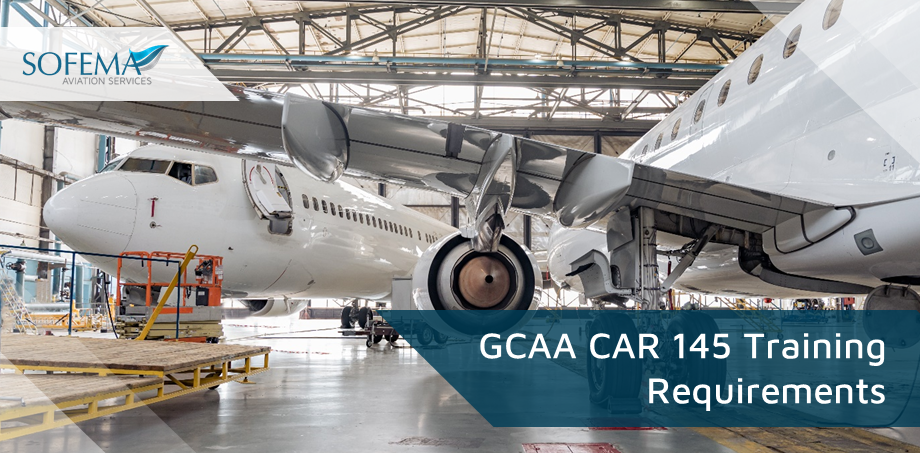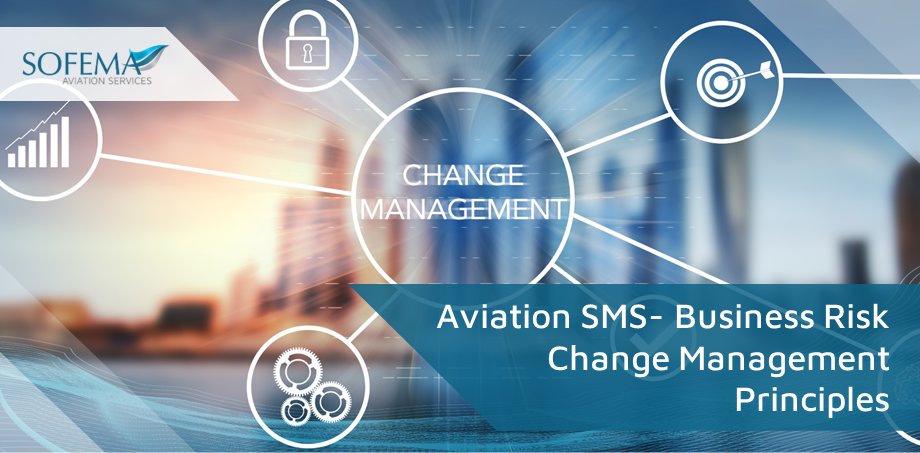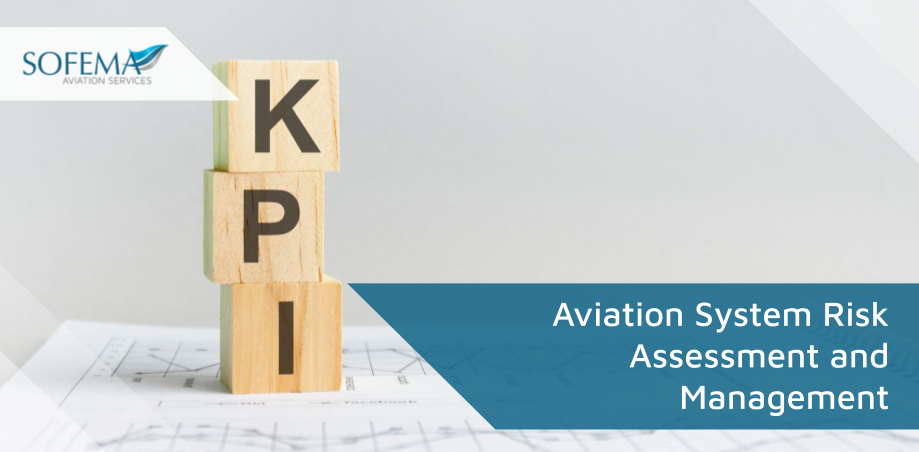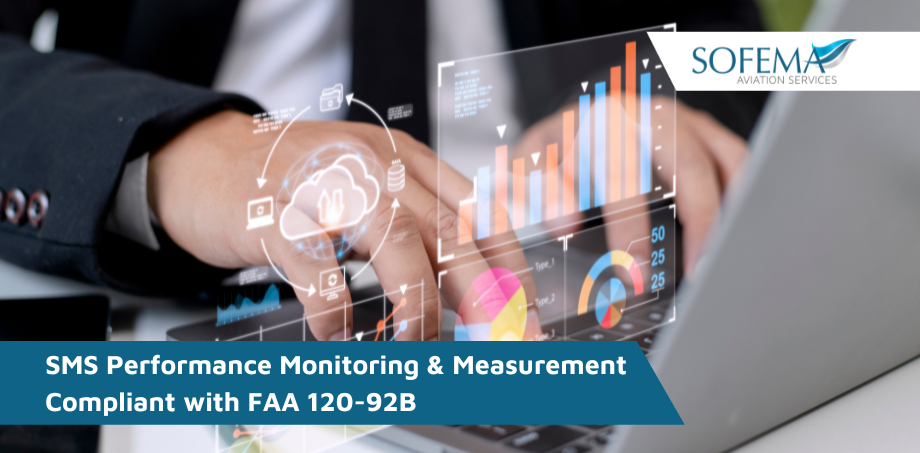GCAA CAR 145 Training Requirements to Comply with Table 1 APPENDIX IV TO CAR-145 Issue 9
read more
The following Subjects will be covered, however, note it is the policy of Sofema Aviation Services (SAS) www.sassofia.com to cover all requirements at the highest level required equivalent to level 2 LEVEL 2. A general knowledge of the theoretical and practical aspects of the subject. An ability to apply that knowledge. Objectives: The applicant should be able…






